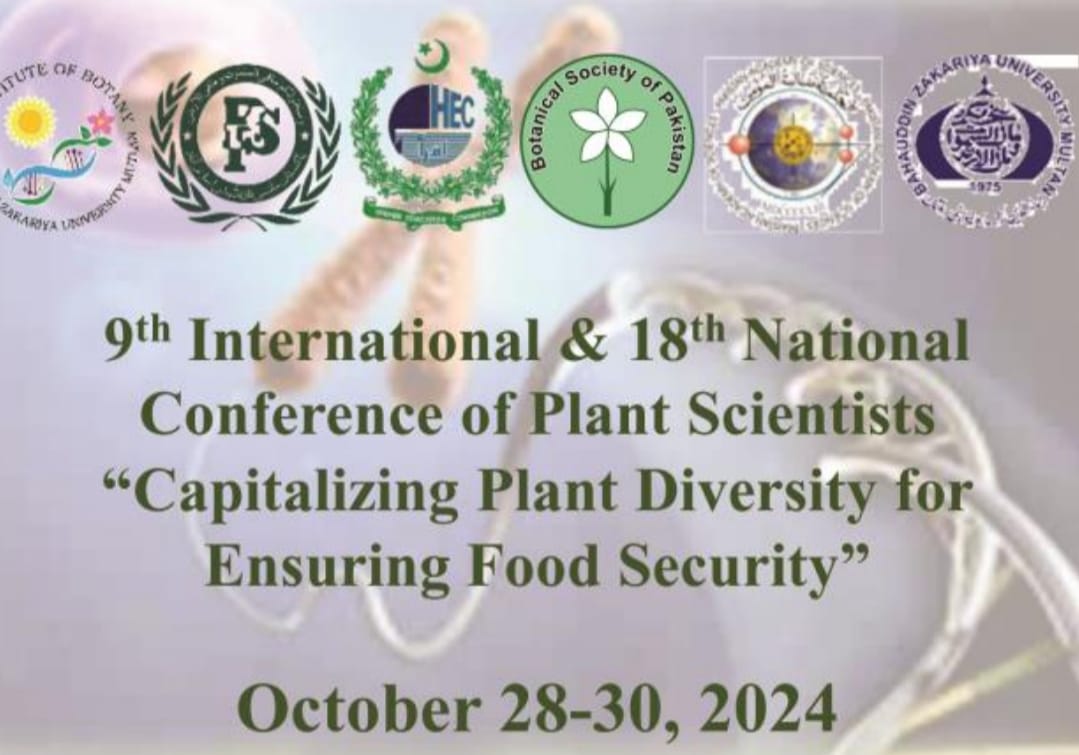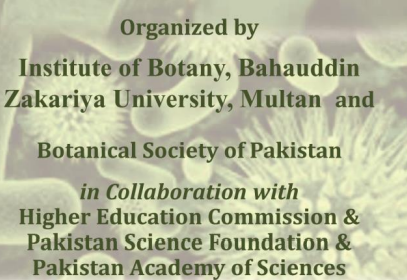-
-
-
-
-
-
-
-
-
-
-
-
-
-
-
-
-
-
-
-
-
-
-
-
-
-
-
-
-
-
-
-
-
-
-
-
Muhammad Amjad Ali, Khush Bakhat Alia, Rana Muhammad Atif, Ijaz Rasul, Habib Ullah Nadeem, Ammara Shahid and Farrukh Azeem
GENOME-WIDE IDENTIFICATION AND COMPARATIVE ANALYSIS OF SQUAMOSA-PROMOTER BINDING PROTEINS (SBP) TRANSCRIPTION FACTOR FAMILY IN GOSSYPIUM RAIMONDII AND ARABIDOPSIS THALIANA
Download PDF
-
-
-
Shazia Arif, Muhammad Ramzan Khan, Syed Dilnawaz Ahmed Gardezi, Muhammad Fareed Khan, Abdul Hamid, Asad Hussain Shah and Ghulam Muhammad Ali
MOLECULAR CLONING AND TRANSCRIPT PROFILING OF ASCORBATE OXIDASE GENE AT DIFFERENT GROWTH DEVELOPMENTAL STAGES FROM THERAPEUTICALLY IMPORTANT PLANT SEABUCKTHORN HIPPOPHAE RHAMNOIDES L.
Download PDF
-
-
-
-
-
-
-
-
-


